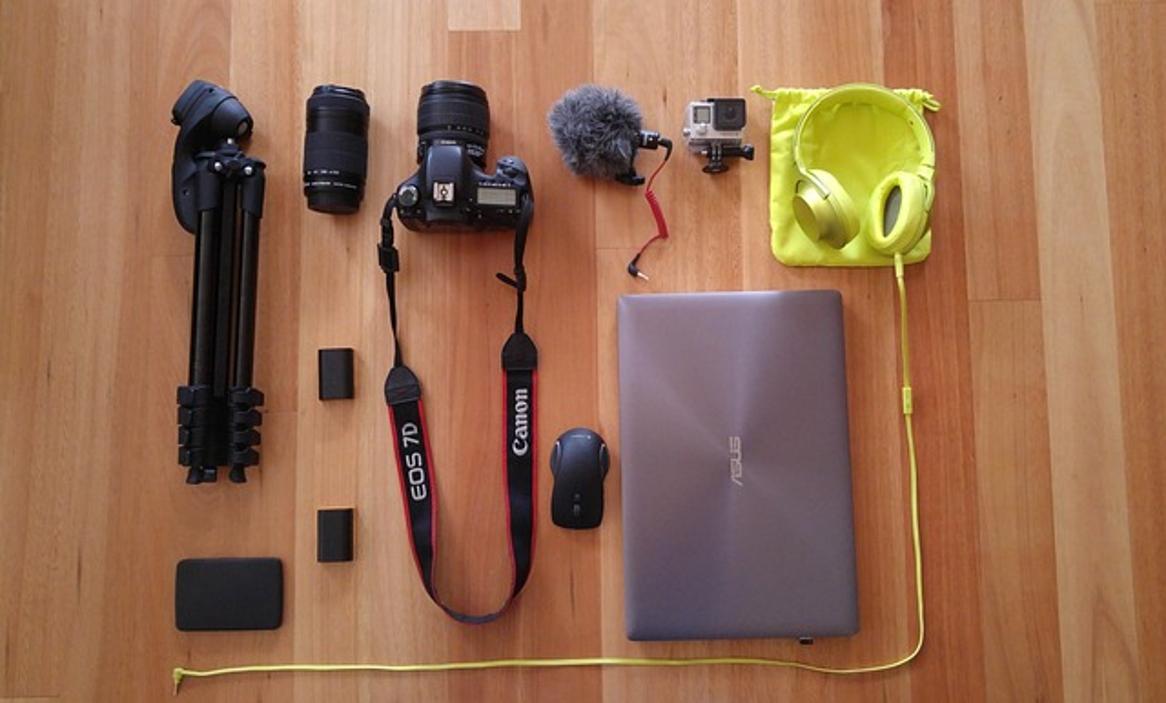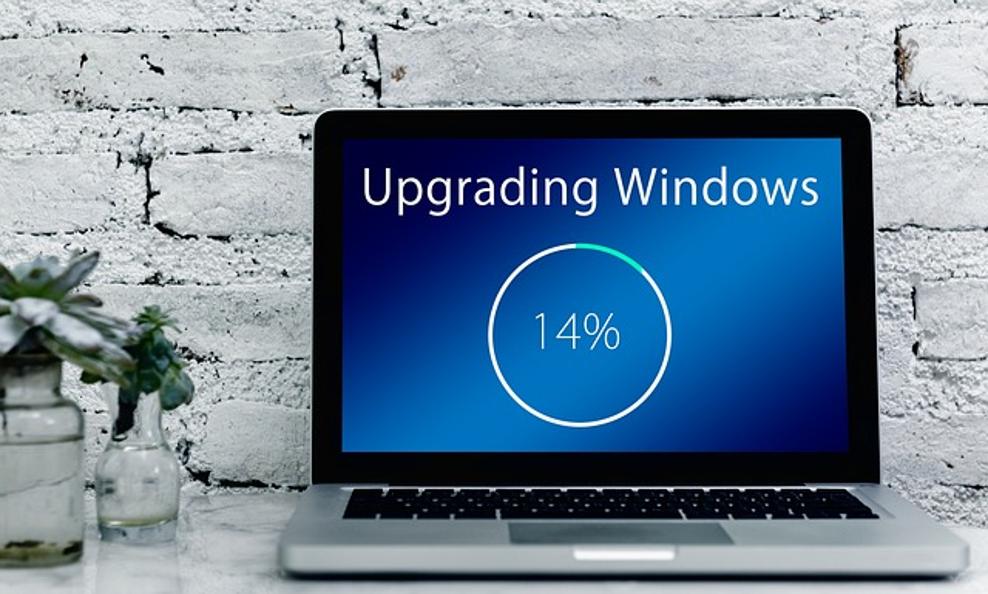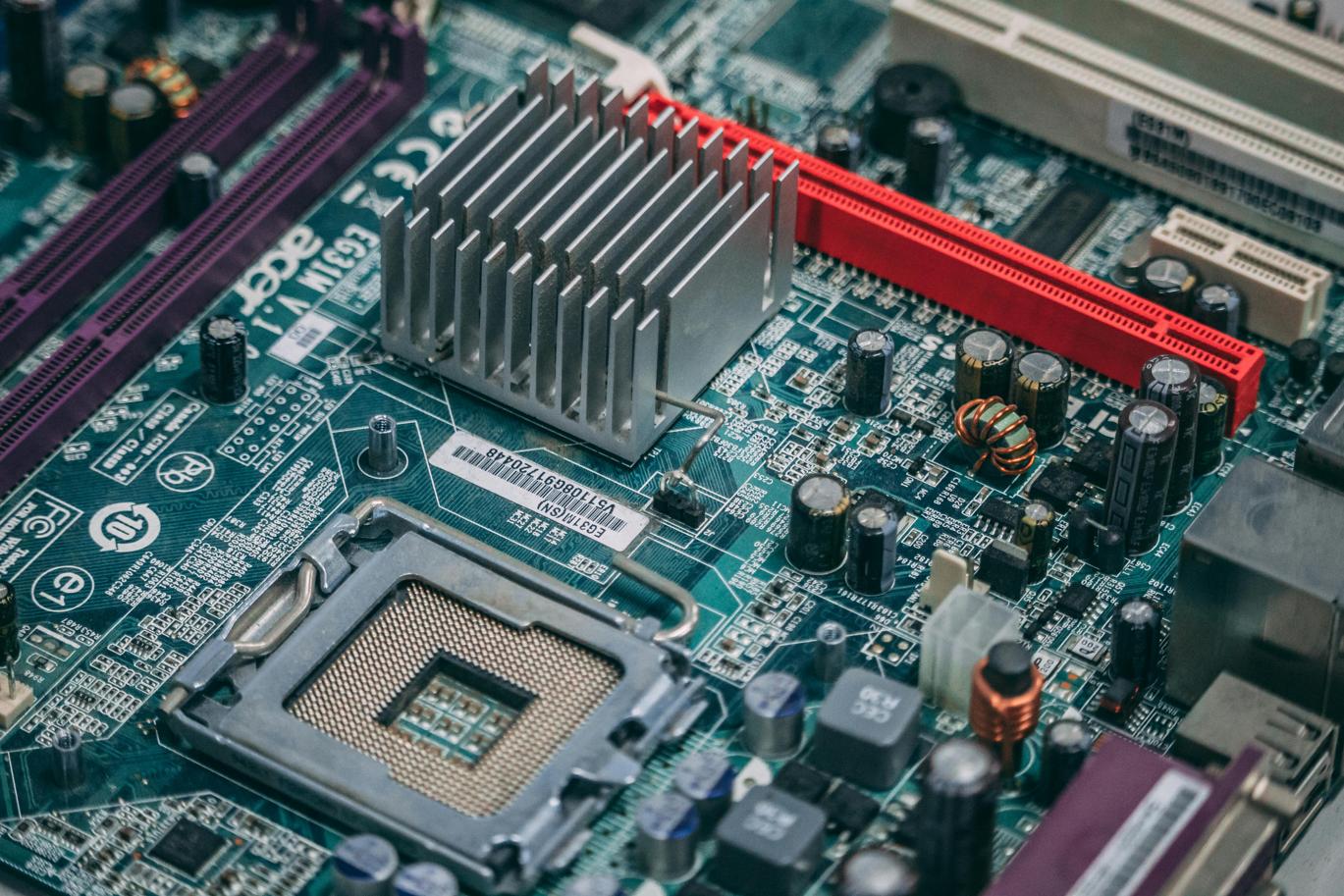How to Update BIOS on ASUS Computer
Introduction
Updating the BIOS on your ASUS computer is crucial to ensure your system remains up-to-date and secure. The BIOS (Basic Input/Output System) is firmware essential for booting up your computer and managing data flow between the operating system and connected devices. Regular updates can address bugs, add new features, and improve stability. This guide provides a comprehensive walkthrough to update the BIOS on an ASUS computer, highlighting straightforward instructions to simplify the process.

Preparation Steps
Before diving into the update process, a few preparatory steps are necessary:
- Back-Up Your Data: While BIOS updates generally should not affect your data, it's wise to adopt a safety-first approach. Ensure you back up all critical information to an external drive or cloud storage.
- Check Your Current BIOS Version:
- Open the Run dialog by pressing
Win + R. - Type
msinfo32and press Enter. - In System Information, look for 'BIOS Version/Date' to find your current BIOS version.
- Open the Run dialog by pressing
- Download the Latest BIOS Update:
- Visit the official ASUS support website.
- Enter your computer model or serial number.
- Navigate to the BIOS section and download the latest update.
- Ensure a Reliable Power Source: BIOS updates should not be interrupted. Ensure your laptop is plugged in, or your desktop has a UPS backup.
These preparatory steps set the stage for a smooth BIOS update, ensuring that you have all necessary tools and data backups in place.
Creating a Bootable USB Drive
With preparation complete, the next step is creating a bootable USB drive:
- Download the BIOS File: Extract the downloaded BIOS update file from your ASUS support page.
- Format the USB Drive: Ensure your USB drive is empty and formatted to FAT32.
- Insert the USB drive.
- Right-click on the USB drive in
File Explorerand selectFormat. - Set the file system to
FAT32and clickStart.
- Copy BIOS Files to USB:
- Create a folder named 'BIOS' on your USB drive.
- Move the extracted BIOS file into this folder.
By creating a bootable USB drive, you prepare an essential tool for updating your BIOS, ensuring all necessary files are correctly organized.

Updating the BIOS Using ASUS EZ Flash 3
One of the most straightforward methods to update your BIOS is through the ASUS EZ Flash 3 utility, an inbuilt BIOS update tool:
- Plug in the USB Drive: Insert your bootable USB drive into the ASUS computer.
- Enter the BIOS Setup:
- Restart your computer and press
DeleteorF2as it begins to boot. This will open the BIOS setup utility.
- Restart your computer and press
- Access EZ Flash 3 Utility:
- In the BIOS setup utility, navigate to the
Toolmenu using the arrow keys. - Select 'ASUS EZ Flash 3 Utility' and press
Enter.
- In the BIOS setup utility, navigate to the
- Select the BIOS File:
- Choose the USB drive and locate the BIOS folder where you saved the update file.
- Select the BIOS update file and follow the on-screen instructions to proceed.
- Initiate the Update:
- The utility will check and verify the BIOS file.
- Confirm to start the updating process. Do not turn off your computer during this process.
- Restart Your Computer:
- After the update completes, your computer will automatically restart. Enter BIOS setup again to verify the new BIOS version.
The EZ Flash 3 utility simplifies the updating process, guiding the user through each necessary step.

Alternative Methods for Updating BIOS
While the ASUS EZ Flash 3 method is user-friendly and highly recommended, alternative methods also exist for updating your BIOS.
- Using ASUS AI Suite:
- Download and install ASUS AI Suite from the ASUS website.
- Open AI Suite and navigate to the
Toolsection to find the BIOS update utility. - Follow on-screen instructions to complete the update.
- Using FreeDOS Bootable USB:
- Download FreeDOS and create a bootable USB drive using a tool like Rufus.
- Copy the BIOS files to the USB drive.
- Boot your computer from the FreeDOS USB drive.
- Run the BIOS update executable within FreeDOS.
- Using Windows-Based Update Tools:
- Some ASUS models provide Windows-based BIOS update utilities downloaded from the support page. Run the executable and follow prompts to update the BIOS without leaving Windows.
These alternative methods offer flexibility and cater to different user scenarios, ensuring anyone can update their BIOS efficiently.
Post-Update Activities
Following a successful BIOS update, a few post-update activities can help ensure your system runs smoothly:
- Reset BIOS Settings: Sometimes, a BIOS update can reset the settings to default. You may need to reconfigure any custom BIOS settings you had previously adjusted.
- Verify BIOS Version: Re-enter the BIOS setup utility and confirm the BIOS version has updated successfully.
- Update Drivers: Check and update your hardware drivers to ensure compatibility with the new BIOS.
By conducting these checks, you guarantee that your system adapts well to the newly installed BIOS.
Troubleshooting
Occasionally, users might face issues during the BIOS update process. Here are some common troubleshooting tips:
- Failing to Boot Post-Update:
- Clear CMOS by removing and reinserting the CMOS battery or using the
CLRTCjumper on the motherboard.
- Clear CMOS by removing and reinserting the CMOS battery or using the
- BIOS File Not Recognized:
- Ensure the BIOS file is correctly named and located in the root directory of the USB drive.
- Interrupted Update:
- Attempt to reflash the BIOS if your computer is still responsive or seek professional help if it fails to boot.
These troubleshooting steps can break down barriers encountered during the BIOS update, offering quick resolution pathways.
Conclusion
Updating the BIOS on your ASUS computer is a delicate yet crucial task that brings enhanced stability, security, and performance. By following the outlined steps, you can confidently update your BIOS, ensuring your system stays robust and efficient. While the process may seem technical, proper preparation and careful execution make it accessible even to less tech-savvy users.
Remember, a BIOS update can significantly impact your system's performance. Ensure you follow the instructions carefully to avoid potential pitfalls.
Frequently Asked Questions
What should I do if my BIOS update fails?
If your BIOS update fails, first try to reset the CMOS by removing the CMOS battery or using the 'CLRTC' jumper. If the problem persists, consider attempting a BIOS recovery procedure by following the manufacturer's recovery options or seeking professional help.
Can I update BIOS without a USB drive?
Yes, it is possible to update the BIOS without a USB drive by using ASUS AI Suite or other Windows-based BIOS update tools available on the ASUS support website. These tools can directly update the BIOS from within the Windows environment.
Will updating my BIOS erase my data?
Updating the BIOS typically does not erase your data. However, it is always advisable to back up critical data before proceeding with the update to mitigate any unforeseen issues.



